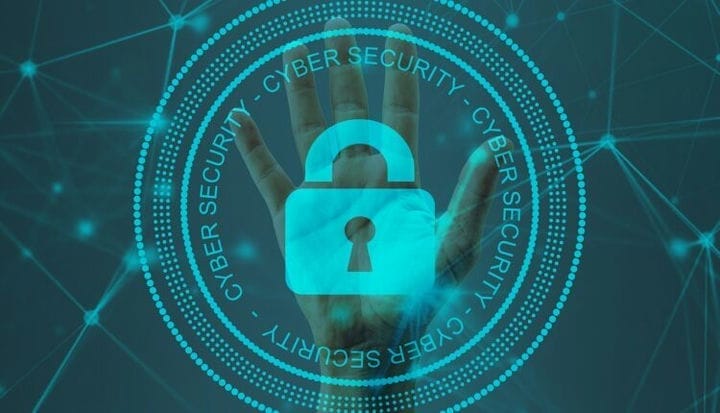Not every problem in the digital space is solved with software. To increase the level of security – pay attention to some hardware solutions.
When you think about Internet security, you immediately think of software methods. About installing a popular antivirus and using end-to-end encryption. But protection can be hardware. And here are some of its types that we highly recommend.
Cover your webcam
Mark Zuckerberg does it. And James Comey too. So you should use this low-tech, high-performance method. If you think that covering a webcam with duct tape is too much, then remember that some hackers not only hack and control devices, but also broadcast you live on YouTube. And this is an absolutely real threat with real consequences.
In addition to the fact that someone can access the camera of your device and collect personal information about you and your surroundings, which sounds very creepy, they can know who you are and who surrounds you and take advantage of this. Suffice it to recall the case when someone was engaged in self-gratification and it was hidden recorded by hackers, after which they demanded $ 10,000 for the removal of this record.
In order not to become an unwitting victim or not to be given public censure – just use a small piece of electrical tape. If you want to be more creative, you can try multi-colored duct tape. Or a webcam shutter.
Apply anti-spyware glass
Anti-spyware glass is a thin piece of glass that is glued to the screen of your device and prevents you from seeing the image at certain angles. Imagine an ordinary protective glass, but with an anti-spyware function. At a right angle – everything is visible well, well, maybe a little dimmer. But someone who tries to peep, for example, at the next table in a cafe, will not see anything. Of course, there are drawbacks, such as watching movies together, but if this is a personal device that stores personal data, then the choice is obvious.
Usually such glasses are used on working devices where privacy is extremely important. For example, in medical institutions or banks. But personal devices rarely use such a solution. Remember how often, willy-nilly, you saw the contents of another person’s screen, for example, while standing in line.
Use a physical authentication key
Two-factor authentication has become the standard for any more or less secure Internet service. Turn it on and the website or application will give access to your account only after you have been identified with a password and also with the help of what you possess.
Until recently, two-factor authentication was completely dependent on whether you had a smartphone. You proved this by verifying the one-time code that came in the form of a text message from the service you were trying to enter, or better yet, by generating this code through services such as Google Authenticator. But the phone can be hacked and redirect text messages. And even generated codes can be stolen.
A more secure form of two-factor authentication comes in the form of a physical USB or Bluetooth dongle that you can hook up to the rest of the bundle. Purchase a Yubikey or any other that uses the Universal Two-Factor Authentication (U2F) feature. By default, you will be prompted to use this key on any new device that you use to access your account. And no one, even you yourself, will be able to enter it without having this key with you. This is the whole point of this device.
By the way, if you don’t want to buy anything, we recently had an article on how to create a physical security key from a regular flash drive.
Let’s draw a conclusion
Software protection methods are not always enough, so we recommend using at least a few of the listed hardware solutions.
If you found this article helpful, feel free to share it with your friends or on social media.
According to Wired.
